The Chinese lemongrass has the aromatic smell of essential oils, tones and stimulates the entire body. If you decide to grow this culture on your site, it is worth knowing that care and landing will not make any difficulty even for a novice gardener, and the appearance of this relict liano will highlight the walls of the house or columns of the gazebo with a magnificent waterfall of greenery and the redness of healing berries.
Chinese Lemongrass - Description
The Chinese lemongrass is a perennial, curly, rustic liana with spherical bitter-sour fruits and a characteristic lemon flavor.
The Chinese lemongrass is also referred to as a lemongrass of Far Eastern or Manchurian, and in China itself it is called "Uta-Tzu", which means "the berry of five tastes".
Such an interesting name of the lemongrass received for the multifaceted tastes. The peel of the plant is sweet, the pulp of ripe berries is acidic, in which the tart of bitter seeds are located, which are subsequently attached to the bravery, even fresh taste in places. Latin name Plant Schisándra Chinénsis, which is derived from Schizo's words (split, split, split), Andros (male), because men's and female flowers grow on one branch. The genus Chinénsis means plant growing place - China (China).
Eastern healers really appreciated this wonderful plant on a par with ginseng for stimulating physical and mental strength, toning of the entire body and the treatment of most of the well-known diseases.
Characteristic of Chinese lemongrass
Relic subtropical plant Chinese lemongrass refers to the form of flowering plants of the genus Schisandra and family of schisandrov.
The structure of the inflorescence resembles magnolia. A lemongrass grows in Japan, Northeast China, Primorsky Krai, Amuria, on Sakhalin and the Korean Peninsula, and only its 14-23 species. In our country, only one species is growing in the wilderness - chinese lemongrass.
The barrel of Liana can reach 17 meters in height and 3 cm in thickness, whining shrubs and trunks of other trees and has many longitudinal lentils. The color of the stem is changing from a shiny yellowish uneven and peeling cortex to dark brown, depending on the age of Liana.
Chinese leaves of chinese regular, elliptical shape with a pointed top and wedge-shaped base. They grow several pieces in pinkish-brown stiffs and are 5-10 cm in length and 3-4 cm in width.
The flowers of this plant separately, but are on the same Liane. The flower model is thin and long, at the end of which the small fragrant flower is located from white to gentle pink. The bloom of the Chinese lemongrass occurs short time - from the end of the spring at the beginning of the summer. At the end of the Etgo period, a multiple co-eyed brush with 20-25 juicy fruits appears from the color.
Chinese lemongrass in the photo:
The fruits of the Chinese lemongrass are bright red, have a spherical shape and are located with a brush on a flower model, like grapes. Fruit sulk in August - September, and since the fruits on one stem has a lot, from one liana can be collected up to 3 kg of harvest.
The reproduction of the plant occurs vegetatively in natural conditions or with the help of seeds with subsequent creation. The Chinese lemongrass grows on the illuminated places on a drained, fertilized and moderately moistened soil.
Useful properties of the Chinese lemongrass
The birthplace of this plant is the ancient China, and began to grow and use it with healing properties for another 250 years before our era.
- In Chinese lemongrass, all of its parts - from rhizomes to fruits, contain essential oils, emitting gentle, resembling lemon smell, if they are confused in the palms. The lemongrass essential oil can be used in perfumery, alternative medicine and for a pleasant filling of a room or a garden with fresh sour aroma.
- The lemongrass of the Chinese is rich in organic acids, which are necessary for the body for improved operation of the gastrointestinal tract, increasing the energy metabolism, the observing of the body and improve the digestion. They are quite much contained in the fruits: 10.9-11.3% citric acid, 7.6-8.4% apple and 0.8% wine, up to 500 mg of ascorbic acid.
- The leaves and fruits contain a greater degree of macroelements, of which the cells of the entire organism are consisting, such as manganese, copper, zinc, cobalt, aluminum, iodine. There is also a considerable amount of trace elements: potassium, calcium, magnesium, iron.
- The lemongrass contains useful vitamins C and E and mineral salts that contribute to improving the work of the heart, normalizing the water balance.
- The greatest value in the lemongrass is schizandrin and schizandrol - tonic substances that increase the excitation of the cortex of the brain and increasing the reflectority of the central nervous system.
- Far Eastern lemongrass improves the work of cardiac, nervous, respiratory systems, restores vitality, relieves fatigue, increases the body's tone as a whole and restores regenerative functions of weakened organs.
Growing Chinese lemongrass
Grow Chinese lemongrass on the site or in the garden is not difficult. The attractive beauty of the live green hedge with tasty and fragrant refreshing fruits will delight not one generation of the family.
Variety of chinese lemongrass
Chinese lemongrass, like a curly liana, perfectly decorate the walls of the house, columns or roof of the arbor, give the picturesque view of the veranda.
The plant loves not a strongly illuminated place of growth and moderate soil moisture.
To date, there are no unambiguous varieties of the Chinese lemongrass, there are only selected in shape and samples. Here is some of them:
- The firstborn is characterized by frost resistance, the vine grows not very high, about 2 meters, harvest is collected in August, about 22 berries with one fruit.
- Garden-1 - Liana reaches 1.8-2 meters in height. You can collect in September by 28 larger berries with one cluster.
Places of planting and soil for Chinese lemongrass
Chinese lemongrass loves warm, slightly lit zones on fertile, loose soil and will not grow well in place with frequent staging of water. It is perfectly suitable for smooth territory near the house or trees, but it is not necessary to put it near the tree, since the root system of the latter will take the majority of moisture and Liana will miss it. The lemongrass in turn does not contribute to the normal growth of the tree, to which it will add.
Sature Liana is not worth it and near buildings, it is better to retreat 1.5-2 meters from the wall so that water flowing from the roof is not forced for a long time in its roots.
The best option for planting the Chinese lemongrass in the middle band is the western side of buildings, and in the southern regions - from the eastern parties in order for the lemongrass to have enough shadows during the day.
Growing a Chinese lemongrass from seeds
Chinese lemongrass can be multiplied by seeds. Seeds for landing must be fresh, that is, cut off from the pulp no later than several months. Such seeds are favorable in the fall, and if you take seeds of cultivated Lian, it will improve the germination. With spring seeds, their stratification will be a prerequisite.
- Before sowing themselves, it is necessary to withstand 6-9 days of seeds in water, changing it daily. At the same time, it is possible to take away low-quality seedlings - they will fall on the surface of the water in a couple of days of soaking.
- Next, you need to hold the process of stratification. To 1 part of the seeds, 3 pieces of the dispenseed sand are added and scattered everything on wooden pots. Capacities put in a warm room with a permanent air temperature of 18-20 degrees. In this type of sand with seeds moisturize 1 time in 2 days for a month. After a month, seedlings must be stratified by snow. From above, the pots fall asleep with snow and leave in such a form for another one month.
- Not always at any time of the year you can reach the snow, so instead of this option, the seedlings are left in its original form for another 2-3 months, but rearranged in a colder room, for example, a basement.
- Plant seedlings to the ground in the grooves of a depth of 2 cm. Pop greenhouse grounds, slightly watered and topped peat on top. In this way, after 1.5-2 years, the sprouts can be transferred to a permanent habitat.
- Otherwise, it is a bit simpler, you can pass the stratification process immediately after soaking in beds, sprinkling sand and peat. So it turns out the natural stratification of seeds without the premises.
- True, the sprouts startled in this way to plant on a permanent place of growth in 3 years.
- The first year of life, the seedlings of the Chinese lemongrass grow slowly by about 5-6 cm and need constant care: periodic moisturizes, spinging and darkening with gauze or grid.
- For the second year, the root and ground parts begin to root. By the end of the 3rd year, the seedlings already reach about 50 cm in height.
Vegetative way to plant a chinese lemongrass
Seeds, as a rule, cultivate the Chinese lemongrass in nurseries, as it is a long and scrupulous process.
The most acceptable way for the country area is to purchase seedlings of the Chinese lemongrass or independently dig off the root piglery of the cultivated fruiting Chinese lemongrass.
It is important to pay attention when choosing a Chinese lemongrass into a moisturized roots and a small lump of land on them. 2-3 year-old seedlings are preserved, they have a fairly developed root system, despite the small stem stems at 10-15 cm.
Landing the Chinese lemongrass in the ground
- In the southern areas, October is considered the best month for landing, and in other regions a favorable period from April to May.
- Since the plant is one-bedroom, in the presence of both male and female flowers on the same Liane, it is enough to plant one plant. If a large plot under the living hedge is planted at once, plant at least 3 plants at a distance of at least 1 m from each other.
- Since the seedlings are further transferred badly, it is advisable to land on the permanent place of their future stay.
- A feature of the landing of the Chinese lemongrass is a high hedge sapling supply for support and further good growth. It is necessary to wear two high pillars of the meter by 3 from two ends of a row of landing, to pull the wire between them, which will serve as a frame of Lianam. On both sides of the frame, seedlings are planted. The wire ties a solid rope, the second end of her end is tied up around the cavalo, stuck next to the saplth. Such a scheme will help the young plant climb on the frame and continue active growth. Experienced gardeners advise to tie only shutters, thereby eliminating the strong development of the root system and contributing to fruiting.
- Along the rows of the framework of the frame, the ditch, depth and width in the meter, are laid on the bottom of the drainage to drive excessive moisture, which contributes to the better grip of the roots with the soil. As a drainage, crushed stone, broken brick or stones.
- Drainage falls asleep prepared land. For this, the fertile layer of the Earth is digging, 65 kg of humidum, 2-3 buckets of sand, 40-45 g of nitrogen, 150-155 g of phosphorus are added to it, and stirred.
- Above the layer of land are made of cone-shaped tubercles so that the cervix of the Liana was a little over the surface of the soil.
- Before the landing, it is necessary to inspect the seedling, choose the strongest escape and cut it into 3 kidneys. Escape is cut off in such a way that its length does not exceed 20 cm, and the roots are affected by clay. Carefully placing the roots, the sapling is put on the hill, the cooked ground is sweeping and abundantly, in the amount of 2-3 water vests, watering. From above, it is desirable to pour peat or overwhelmed leaves and climb.
Caring for Chinese Lemongrass
- Special care is given in the first two years after planting the plant. A young seedling needs to protect against long exposure to sunlight, in regular abundant soil moisturizing and in spraying of leaves.
- Experts advise not to disturb the land around the trunk with loosening and rescue, in order not to damage surface roots.
- Starting from the third year of life, the lemongrass fade every month during the season with a solution of 30-50 grams of salt, distributing it on the surface and inspired, which will help keep moisture in the soil. In the fruction season, the feeding is better not to use, otherwise the plant will give all the energy to the development of a sheet system, and fruiting will leave until better times.
- Adult Chinese lemongrass tolerate frost well enough. At a very low temperature, annual gains are frozen, but the plant is rapidly restored for the next year. It is necessary to strengthen the Chinese lemongrass in the winter only in the first years after landing.
- Because Chinese lemongrass - Liana, she loves high humidity. Adult plants watered every time after feeding in the amount of 5-6 liters of water on the bush, after which the earth mulk dry ground to save water.
- From the second year of landing in the fall, it is necessary to remove dried and weak shoots. This is a fairly solid process, because in the end you need to leave 4-6 the most powerful and developed shoots. Everything else is cut under the root. The side branches are cut so that about 10 kidneys remains. Every 10-12 years left strong shoots need to be changed to younger.
- In addition to circumcision, sanitary cleaning is carried out - removal of dry, grain branches growing inside the bush.
Chinese lemongrass - Easy in growing a healing miracle from the ancient China
Chinese lemongrass is an excellent long-term medicinal plant, excessing a thin fresh aroma of essential oils, pleasing to the eye of the beauty of colors. Drinks and juices, cooked from the fruits of a Chinese lemongrass raise the body's tone and restore forces.
The Chinese lemongrass is a flowing waterfall from the greenery of the leaves, a white-pink color shade and a throw of the berry berry will give expressiveness to the house or gazebo.
Much more pleasant for lovers or avid gardeners not to buy a Chinese lemongrass, but to grow it independently, because it does not need a scrupulous and costly care.

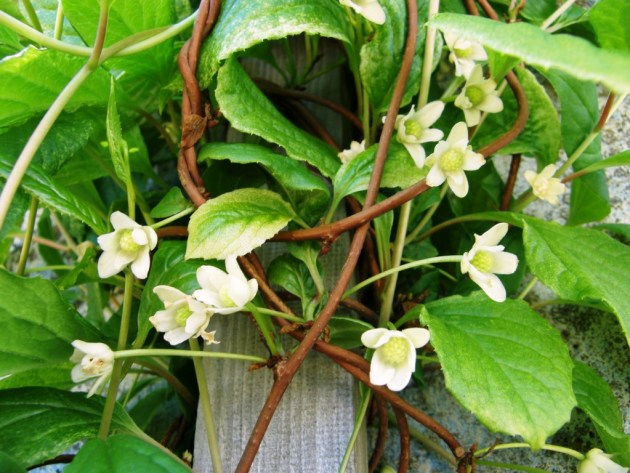
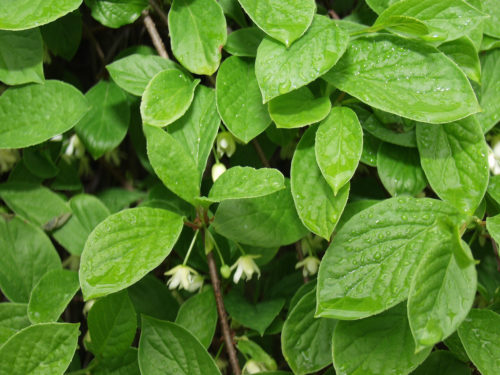
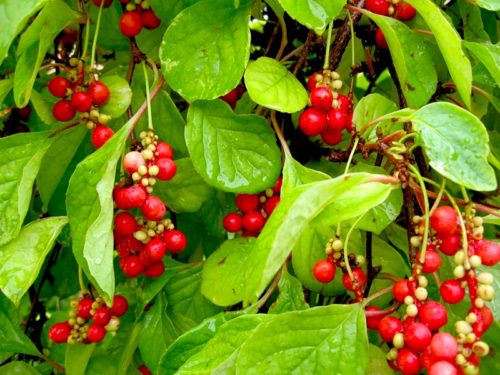
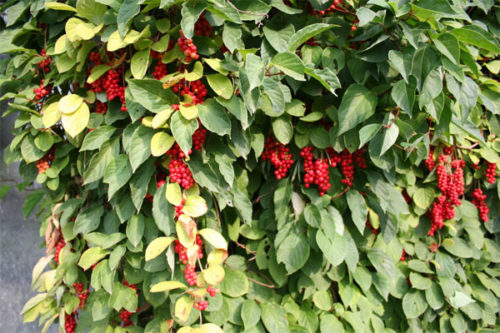
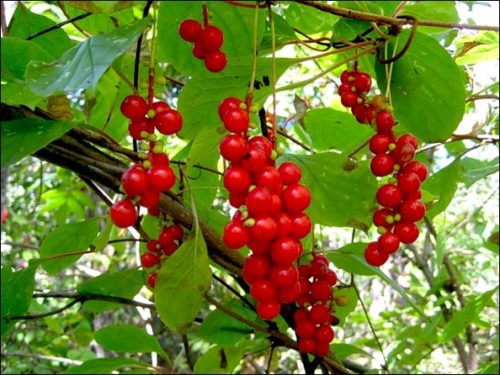
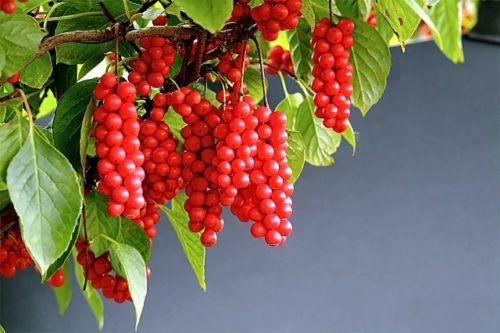
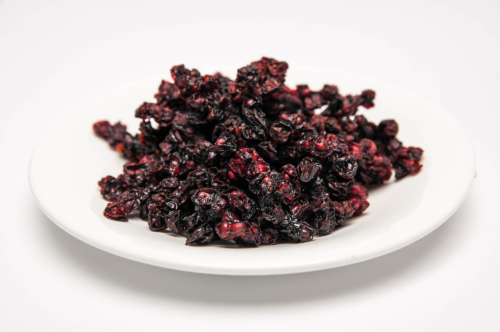
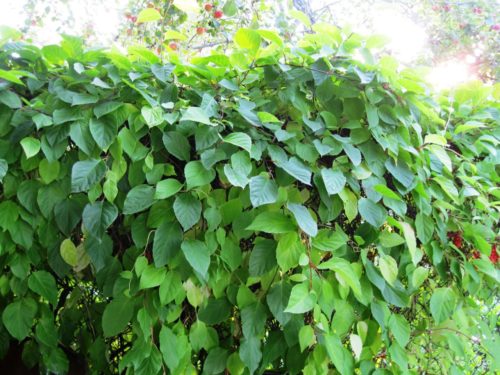
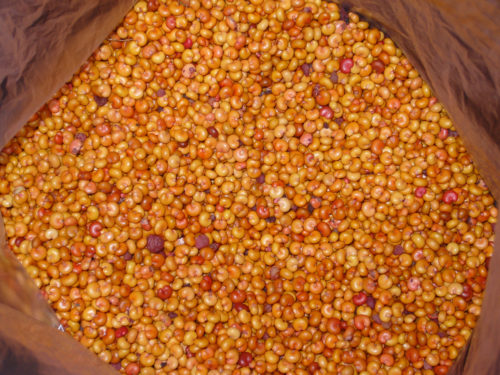
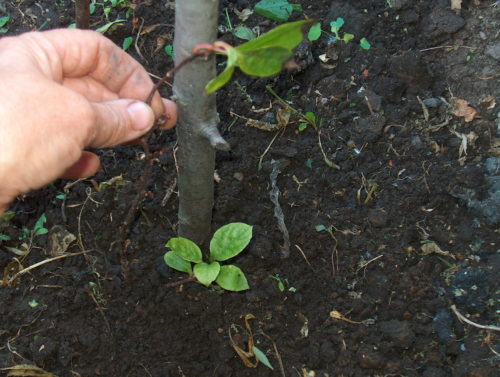
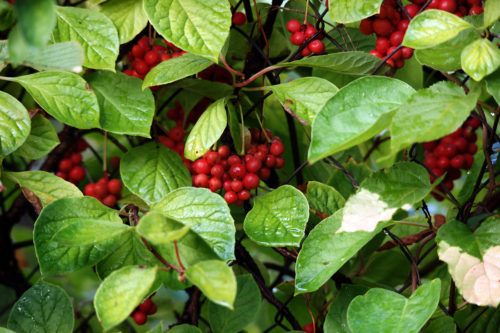
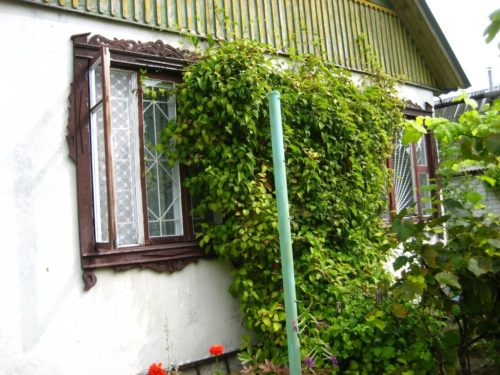












 Start a discussion ...
Start a discussion ...